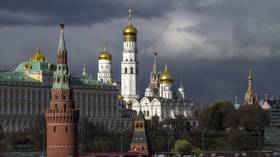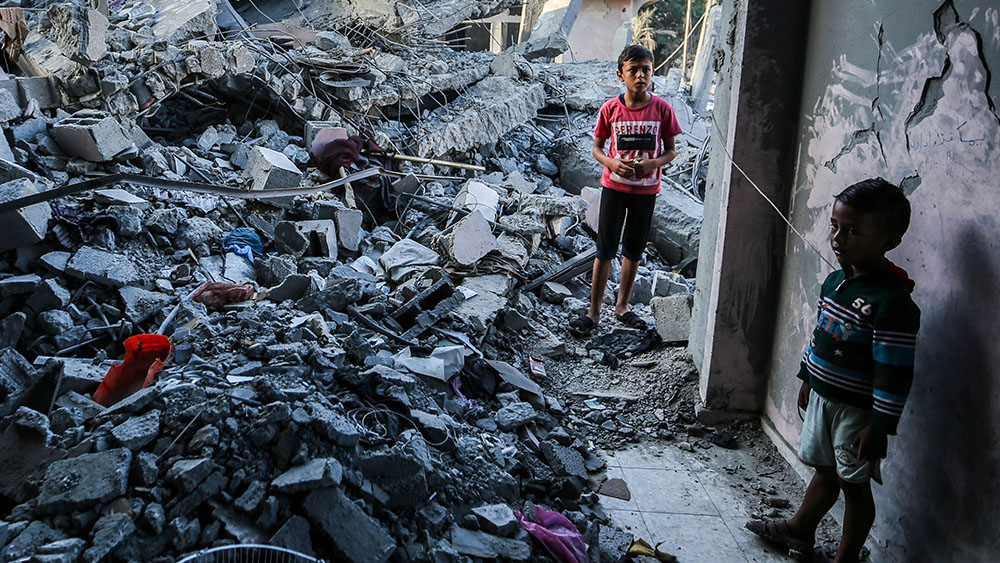Kiev agrees to EU-backed roadmap aimed at pushing peace settlement for eastern Ukraine
The government in Kiev has agreed to the so-called ‘Steinmeier Formula,’ the process for Ukraine’s breakaway eastern regions to receive autonomy, which is expected to revitalize the stalled peace process.
Named after Frank-Walter Steinmeier, the German foreign minister who suggested it back in 2015, it’s an addition to the second Minsk agreement that explains exactly how elections must be held in eastern regions of Ukraine in order to end the bloodshed and reintegrate the breakaway Republics of Donetsk and Lugansk.
According to the formula, the “special status” – i.e. autonomy – law must enter into force temporarily on election day and become a permanent one after the Organization for Security and Cooperation in Europe (OSCE) deems the elections legitimate.
All members of the three-side contact group – Russia, Ukraine and the OSCE – as well as the ones from the self-proclaimed republics, agreed to the ‘Steinmeier Formula’ on Tuesday, sending letters of agreement to the OSCE special representative in Ukraine, Martin Sajdik.
The official confirmed to Interfax that no joint document was signed and “the signatories have been put under separate letters.” It was not immediately clear to what extent the ‘Formula’ has become legally binding, given this quite unusual way of approval.
Explaining the move, Ukraine’s President Volodymyr Zelensky said that the ‘Formula’ will be implemented into the “special status” law – which has still not been approved by the Ukrainian Rada. Regarding the elections in Donetsk and Lugansk, the president said Kiev will never allow “elections at gunpoint,” and the vote will not be held until “there are soldiers out there.”
Such an approach is quite in line with the policy of the previous Kiev administration, which effectively demanded the breakaway republics to surrender first and promised to provide them with the “special status” later. That proved to not be very constructive, as the armed conflict is still ongoing in the region, and nothing agreed back in 2015 was actually implemented.
Despite Zelensky’s rhetoric, his approval of the ‘Steinmeier Formula’ was met with a very angry reaction by Ukrainian neo-Nazis and pro-war groups. Shortly after the announcement, a protest dubbed ‘No to capitulation’, was staged outside his office. The protesters waved flags of far-right groups, shouted slogans and brandished flares, demonstrating their dissatisfaction with any attempts by the Kiev authorities to somehow settle the conflict in the east of the country.
A similar reaction was voiced by the former president of Ukraine, Petro Poroshenko. He branded the ‘Steinmeier Formula’ a “Putin formula,” claiming that agreeing to it paves the way for deconstruction of Ukraine as a sovereign state.
Meanwhile, Ukraine’s decision was met with reserved optimism in Moscow, with Senator Aleksey Pushkov saying it “is paving the way to a Normandy format” meeting and eventual easing of tensions between Moscow and the EU. The format includes Germany, France, Ukraine and Russia and is designed to reach a settlement of the conflict in Donbass, which has been raging since 2014. No top-level meetings within the format have been held since 2016, due to various disagreements between the parties.
Think your friends would be interested? Share this story!




